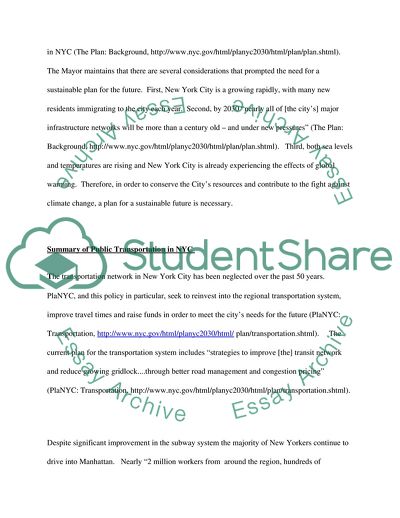Cite this document
(Policy Memo Analysis Assignment Example | Topics and Well Written Essays - 1500 words, n.d.)
Policy Memo Analysis Assignment Example | Topics and Well Written Essays - 1500 words. https://studentshare.org/macro-microeconomics/1721952-policy-memo
Policy Memo Analysis Assignment Example | Topics and Well Written Essays - 1500 words. https://studentshare.org/macro-microeconomics/1721952-policy-memo
(Policy Memo Analysis Assignment Example | Topics and Well Written Essays - 1500 Words)
Policy Memo Analysis Assignment Example | Topics and Well Written Essays - 1500 Words. https://studentshare.org/macro-microeconomics/1721952-policy-memo.
Policy Memo Analysis Assignment Example | Topics and Well Written Essays - 1500 Words. https://studentshare.org/macro-microeconomics/1721952-policy-memo.
“Policy Memo Analysis Assignment Example | Topics and Well Written Essays - 1500 Words”. https://studentshare.org/macro-microeconomics/1721952-policy-memo.


